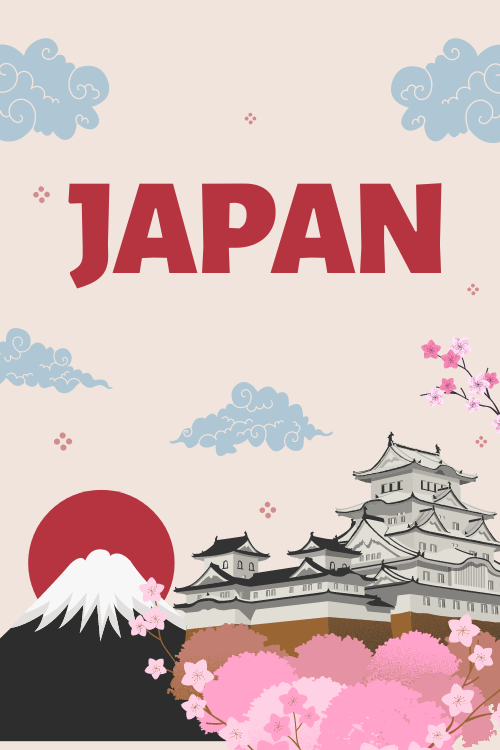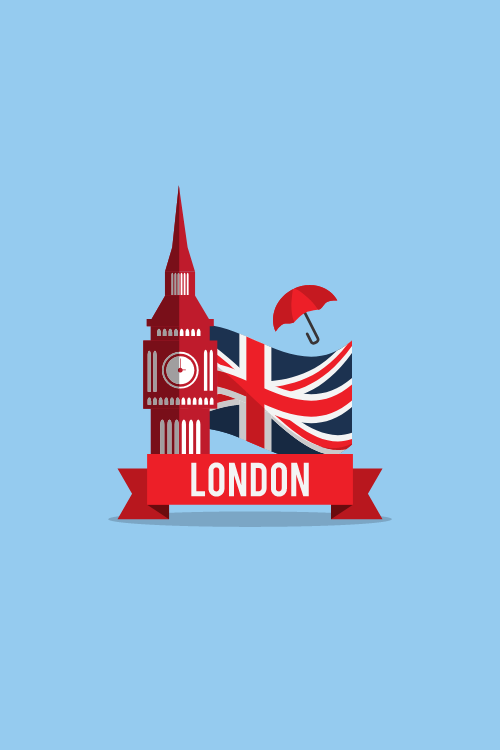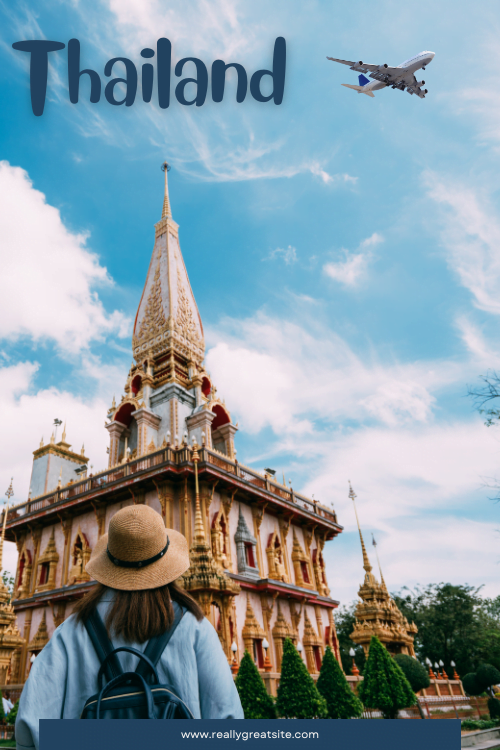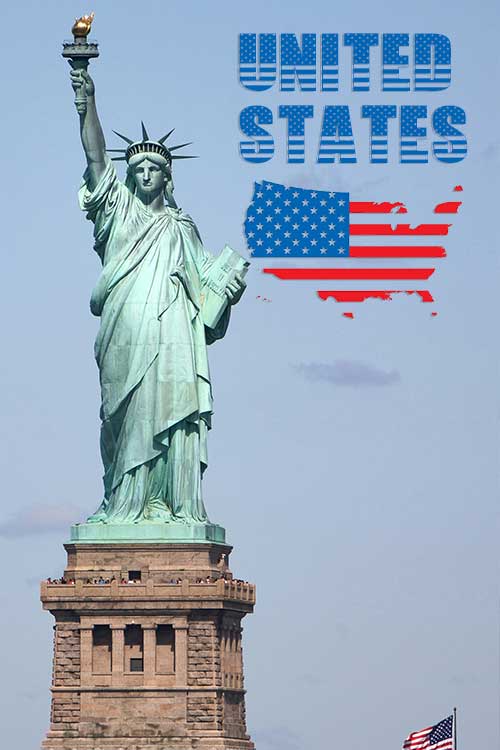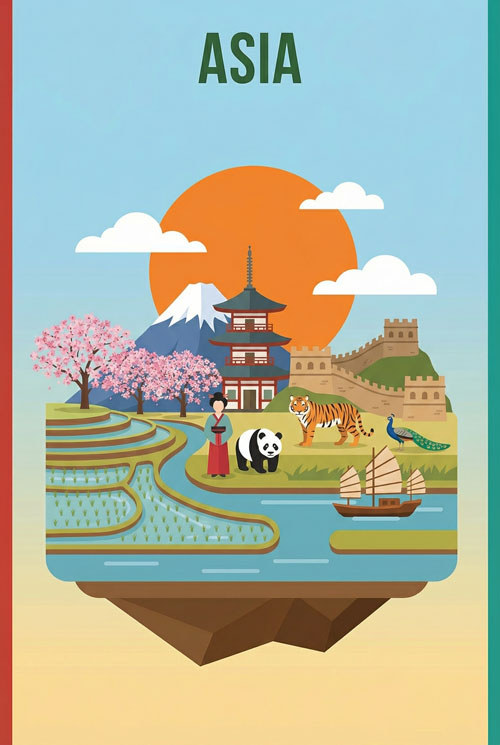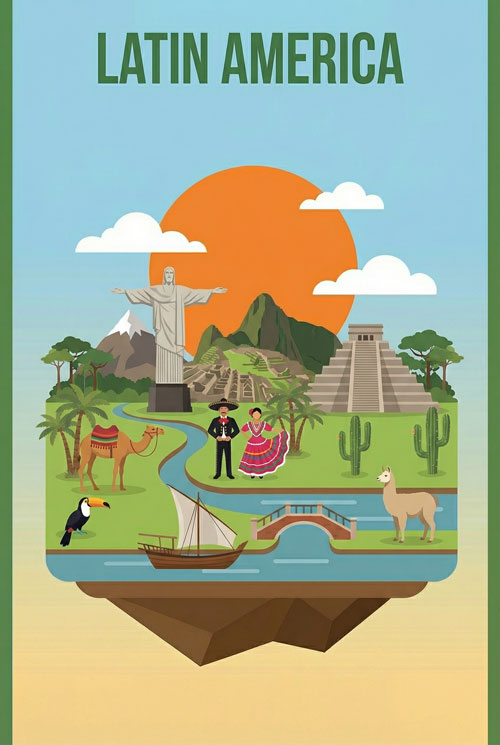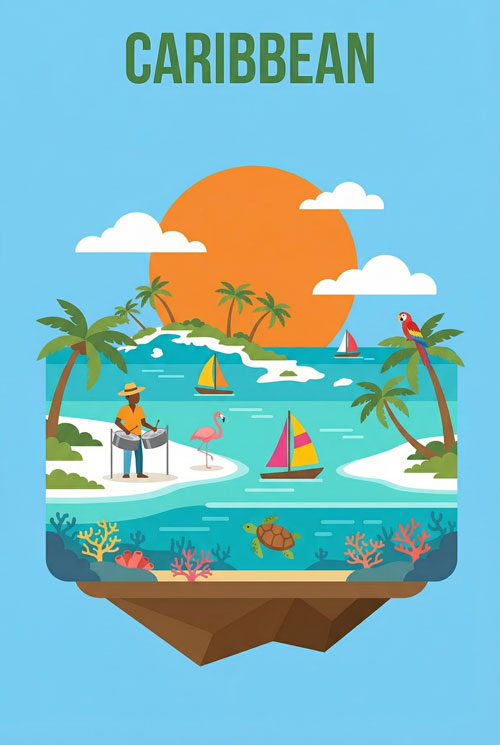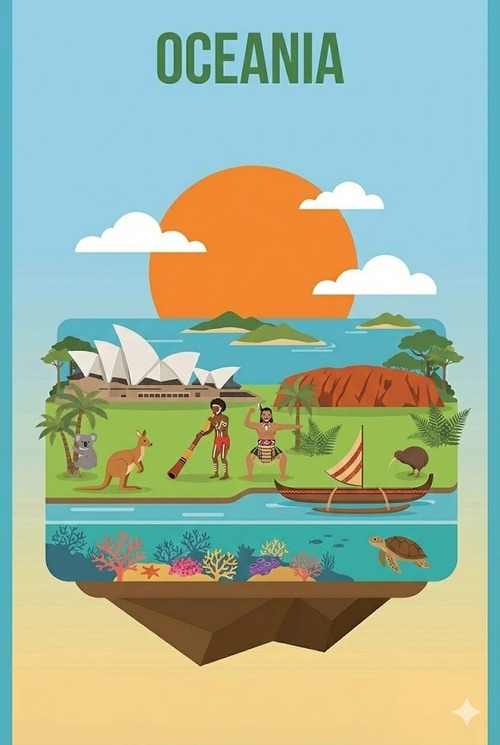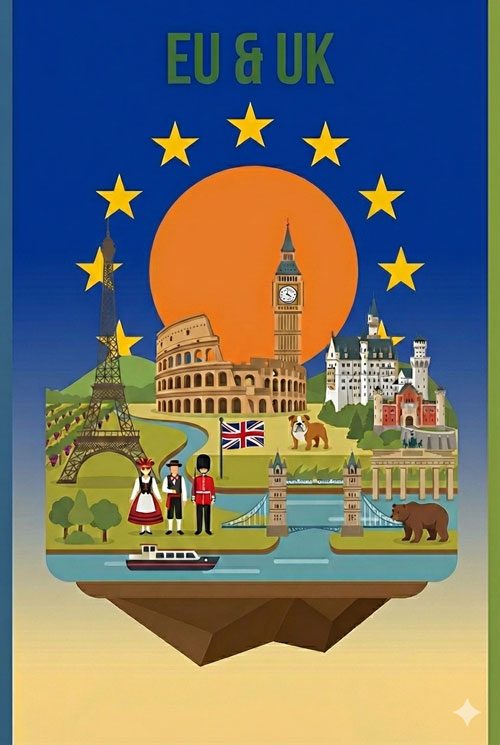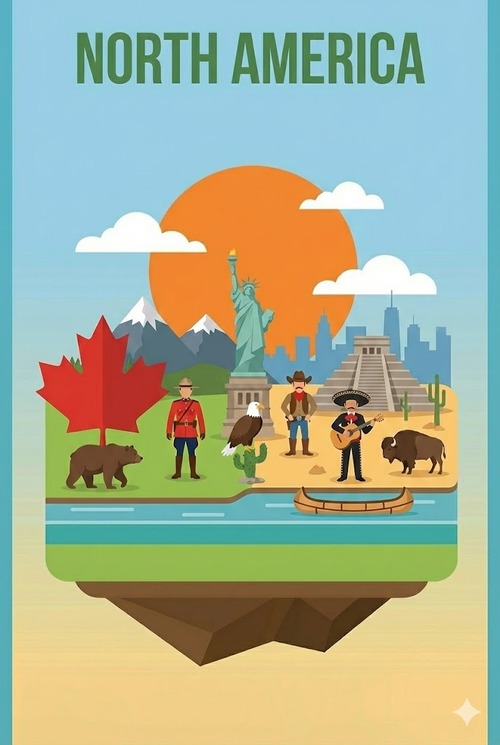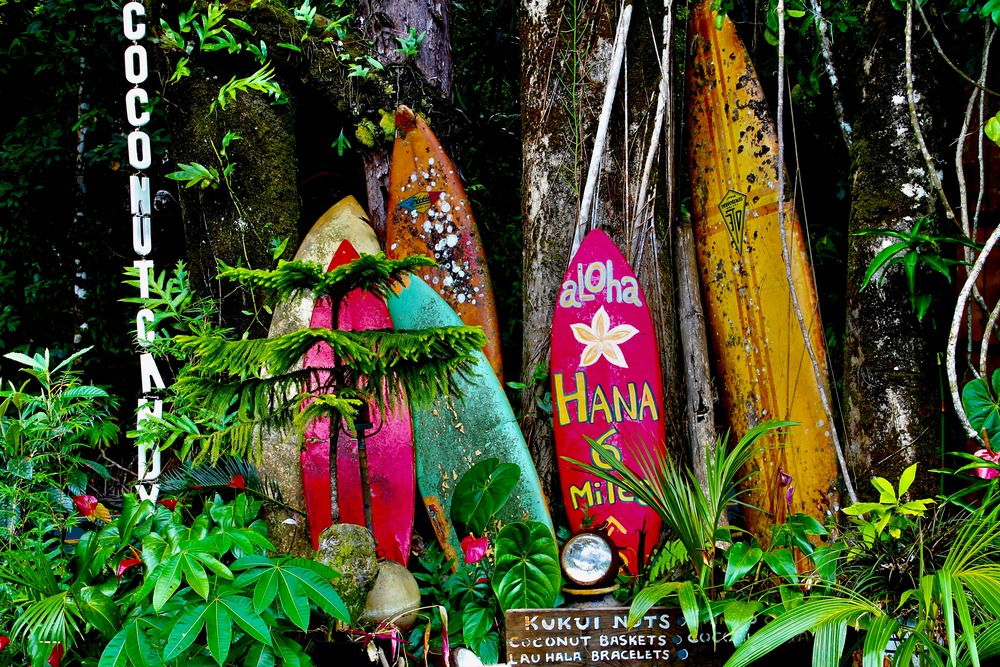Best Time To Visit, eSIM USA
Best Time To Visit Maui: Everything You Need To Know
Looking for the best time to visit Maui?
It truly depends on what you want from your trip.
Generally, spring (think April and May) and fall (September and October) offer a wonderful mix. You’ll find great weather, fewer people, and often better prices. Winter is fantastic for whale watching. Summer brings the sunniest skies for beach lovers. This guide will help you figure out your ideal Maui adventure.
Maui, the “Valley Isle,” calls to you with its amazing, different views. You’ll see sunny beaches and green rainforests. There are even volcanic craters to explore. Everyone wants to see this Hawaiian paradise at its “best.” This guide gives you a full, clear picture of what Maui offers all year.
We go beyond simple advice.
Our goal is to help you find your perfect travel time. Think about your likes: weather, crowds, budget, and activities. We also cover local events. This guide uses local knowledge and new data. We know Maui’s tourism is changing. We include current event info and tips for visiting wisely. It offers clear steps to plan your dream Maui vacation.
The idea of one “best time” for Maui is tricky. “Best” means different things to different people.
Some say spring is great for mild weather and outdoor fun. Others might point to August and September. January is known for whale watching.
This shows that your best time depends on your top needs. Instead of saying one time is “best,” this guide shows options. We talk about the good and bad of each season and month. This way, you can make a smart choice for your special trip.
Timing Maui’s Weather for Better Trip Planning
Understanding Maui’s weather is key to a great trip. The island has warm, tropical weather all year. Average high temperatures stay pretty steady. They usually range from 75-85°F (23-29°C). Even in winter’s coolest days, it rarely drops below 60°F (15°C) at the resorts.
Maui does have a “wetter” season. This is typically from November to March. The “drier” season is in the summer, from June to August. It’s good to know “rainy season” doesn’t mean constant rain. Rain often comes in short, nice showers.
This happens more on the windward (north and east) sides. These showers keep things green and make waterfalls beautiful. Big winter storms with lots of clouds and rain are not common.
If you don’t understand this, “rainy season” might put you off. But it’s usually not long periods of bad weather, especially in popular resort areas.
Importantly, Maui has many microclimates. Weather can be very different in various parts of the island on the same day.
For instance, South Maui (like Wailea) and West Maui (like Ka’anapali) are usually drier and sunnier. East Maui (Road to Hana) and the North Shore get more rain.
This makes their landscapes lush. Upcountry Maui is higher up and cooler. Knowing about microclimates helps you plan daily activities. A rainy forecast in one spot doesn’t mean no sun elsewhere.
Ocean temperatures around Maui are usually warm. They are good for water activities all year. For example, in April, the ocean is about 75-77°F (24-25°C).
Weather, Crowds, Prices & Top Sights
Before we dive deep into each month, here’s a quick look. This table summarizes key things for each major period in Maui. It helps you quickly see which seasons might fit your needs. This could be your budget or wanting to avoid big crowds.
Table 1: Maui Year-Round Snapshot – Key Considerations
| Season/Months | Avg. Weather (Temp Range, Sunshine/Rain) | Crowd Levels | Accommodation Price Index | Key Highlights/Events |
|---|---|---|---|---|
| Winter (Dec-Feb) | Warm, some rain (esp. North/East). 72-80°F. | Peak (Holidays), then High | $$$ | Peak Humpback Whale Watching, Holidays, PGA Sentry Tournament (Jan) |
| Spring (Mar-May) | Very nice, less rain. 70-85°F. | Moderate to Low (post-Spring Break) | $$ | Late Whale Watching (Mar/Apr), Blooming Nature, Cultural Festivals |
| Summer (June-Aug) | Warmest, driest. 76-85°F. | High (Families) | $$$ | Calmest Oceans (South/West), Maui Film Fest (varies), Kapalua Wine Fest (July) |
| Fall (Sept-Nov) | Warm, pleasant. 74-78°F. Rain up late Oct/Nov. | Decreasing (Low in Sept/Oct) | $$ | Good Weather, Fewer Crowds, Festivals of Aloha, Early Whale Sightings (Nov) |
You’ll notice “shoulder seasons” often pop up. These are Spring (especially April and May) and Fall (September and October). They offer a great mix of good weather, fewer crowds, and better prices. For example, April and May are often praised for perfect weather. They also have fewer crowds and some of the lowest hotel and flight prices. Similarly, October and early November have nice weather and less demand. These good points make these shoulder months great for many people wanting a well-rounded Maui trip.
Pattern Interruption: See a pattern? April, May, September, and October often hit that sweet spot for a balanced Maui experience!
This “Invisible” SIM Card is Saving Ordinary Travellers Hundreds on International Trips
You see those travelers glide through airport arrivals – calm, internet connected, already booking their ride-share while others are frantically searching for Wi-Fi or queuing at chaotic phone kiosks…
What’s their secret?
When you travel overseas you’re either paying insanely high data-roaming fees from your home carrier or frantically hunting down some local SIM card kiosk the second you land, wasting precious vacation time just trying to get your phone working.
One leaves you with a bill that leaves a sour taste in your mouth after a great trip. The other eats into your actual holiday, causing stress and hassle when you should be exploring.
But what if I told you that ordinary travelers just like you have figured out a way to completely bypass this frustrating experience?
They’re using something most travelers don’t even know exists… a kind of “invisible” SIM card technology that you likely already have on your phone right now.
And it’s allowing them to tap into super-cheap, high-speed data anywhere in the world… without swapping cards, without visiting a store, and without getting ripped off.
It’s called an eSIM.
And eSIM4.com makes getting one simple.
Here’s how it works:
- Step 1: Go to eSIM4.com.
- Step 2: You pick your destination, choose a data plan.
- Step 3: We send you a simple QR code. You scan it with your phone’s camera.
Your new travel SIM is installed in under 3 minutes!
The moment your plane’s wheels hit the tarmac overseas? Your phone instantly connects to a fast, local network.
No queues. No fumbling with tiny plastic chips. No nasty bill shock.
Just seamless, affordable data letting you use Google Maps, WhatsApp, Uber, Instagram… whatever you need… right away.
This is how travel is supposed to work. And it’s saving people like you hundreds of dollars on a single trip.
Stop letting the big phone companies treat your travel budget like their personal ATM. Stop wasting your valuable vacation time being disconnected or stressed.
Join the smart travelers who’ve already made the switch.
CLICK HERE TO GET STARTEDMaui Month-by-Month: What to Expect for Your Plans
Let’s look at each month closely. This gives a clearer idea of conditions and chances for travelers.
Let’s look at each month closely. This gives a clearer idea of conditions and chances for travelers.
January in Maui
- Weather: January has mild temperatures. Highs are around 80°F (27°C). Lows are near 65°F (18°C). Expect sun and some short showers. This is especially true on north and east shores. Wailea and the historic Lahaina area are usually drier.
- Crowds: The island can be busy early in the month. This is right after the holidays. But, it’s generally less packed than peak summer.
- Prices: Hotel and activity prices can be higher in early January. They get better as the month goes on.
- Highlights: January is prime time for humpback whale migration. It’s an amazing natural event. The PGA Tour’s Sentry Tournament often happens in Kapalua. You might also find cultural events for the Makahiki season.
- Pros: Amazing whale watching. A lively feel. Pleasant weather for outdoor fun.
- Cons: Some rain possible. Early month can be pricey and crowded.
- Tips: Book hotels and tours (especially whale watching) early. Pack layers for cool evenings. Peak whale season means plan ahead for costs and tours.
February in Maui
- Weather: February is like January. Nice daytime highs are often in the low 80s°F. Some showers are possible.
- Crowds: This month stays busy. Valentine’s Day and Presidents’ Day weekend draw crowds. Whales also bring many visitors.
- Prices: High demand means hotel and activity prices can be up.
- Highlights: Great whale watching continues. Events like World Whale Day and Maui Whale Festival often happen. Look for them around Kihei and Ma’alaea.
- Pros: Still peak whale season. Romantic for Valentine’s Day trips.
- Cons: Can be crowded. Travel costs are usually higher.
- Tips: Booking far in advance is key for February. Look for package deals; they might save money.
March in Maui
- Weather: March is a transition month. Temps are pleasant, usually 70°F to 85°F. Rain chances tend to drop late in the month.
- Crowds: March can be busy with Spring Break visitors.
- Prices: Prices can be medium to high. This depends on Spring Break travel.
- Highlights: Good whale watching continues, especially early March. The Art of Aloha event has been in Lahaina. Check its status due to the 2023 wildfires.
- Pros: Generally good weather. A chance to see the last whales.
- Cons: Possible Spring Break crowds and higher prices.
- Tips: Want to avoid the Spring Break rush? Plan for late March.
April in Maui
- Weather: April often has “ideal weather for outdoor adventures.” Expect warm, sunny days. Temps are in the mid-70s to low 80s°F (about 24-27°C). Rain is usually low. Any showers are short and nice, called “liquid sunshine” by locals. The ocean is comfy, around 75°F (24°C).
- Crowds: April usually sees fewer crowds. It’s a “shoulder season.” But Easter, if in April, can bring more people.
- Prices: This month often has lower rates for hotels and flights.
- Highlights: Peak whale season ends in March. But you might spot some in early April. Snorkeling is great due to calm seas. Nice temps make April good for hiking. Events include Celebration of the Arts in Kapalua. The East Maui Taro Festival is in Hana. The Maui Marathon is April 19, 2026. The Maui Steel Guitar Festival might be in April or May. Great weather, fewer crowds, lower prices, and good water make April a top month.
- Pros: Great weather, fewer crowds, lower prices. Calm ocean. Many think April is a best month for Maui.
- Cons: Big events like the Maui Marathon can mean local crowds. Nearby hotel prices might rise.
- Tips: April is great for snorkeling at Molokini Crater or Turtle Town. Pack layers for cooler evenings.
May in Maui
- Weather: May keeps offering beautiful, warm weather. Temps are usually between 70°F and 85°F. There’s generally little rain.
- Crowds: Crowd levels are usually low in May. It’s calmer before summer.
- Prices: May often has some of the lowest prices for flights and hotels.
- Highlights: The Maui Onion Festival was often in May (check its status). The Maui Steel Guitar Festival might be in May. Maui Obon Season, with Japanese festivals, starts in May. It runs through August. Good weather for all outdoor fun.
- Pros: Excellent weather. Low crowds. Often best travel prices.
- Cons: Fewer big scheduled events, which some may like.
- Tips: May is ideal if you want great weather on a budget. You get a quieter island feel.
June in Maui
- Weather: June starts Maui’s warmest time. Lots of sun and little rain. Perfect beach weather.
- Crowds: Summer crowds, especially families, start arriving. The island gets busier.
- Prices: Travel and hotel costs go up with summer demand.
- Highlights: The Maui Film Festival has often been late June or July. Dates can change a lot. (Check their website for current dates). Ocean conditions are usually very calm. This is great for snorkeling and swimming, especially south and west. Honolua Bay is a good summer snorkel spot. Hurricane season in Hawaii is June-November. But big storms are rare for Maui.
- Pros: Best beach weather. Warmest temps. Calmest waters for many activities.
- Cons: More crowded. Higher prices. Official start of hurricane season (low risk).
- Tips: Book hotels and popular activities early. Be aware of hurricane season, though risk is low.
July in Maui
- Weather: July is usually one of Maui’s warmest, sunniest months. Very little rain.
- Crowds: This month sees peak summer crowds. The island is very busy. This is mostly due to families on vacation.
- Prices: Expect peak summer prices for flights, hotels, and fun.
- Highlights: The Kapalua Wine & Food Festival is July 10-13, 2025. Calm ocean conditions continue. Ideal for water sports.
- Pros: Hottest, sunniest weather. Perfect for beach and water sports fans.
- Cons: July is typically Maui’s most crowded and expensive month.
- Tips: Book everything for a July trip far ahead. This means flights, lodging, cars, and tours. Drink lots of water in the summer heat.
August in Maui
- Weather: August stays very warm and sunny. Low chance of rain. Some say August and September can be hottest and most humid. There’s a slightly higher chance of tropical storms in the wider Pacific.
- Crowds: The island is busy early August. Crowds might lessen late in the month. Summer holidays end then.
- Prices: Prices are high early August. They may drop a bit later.
- Highlights: The Maui Film Festival might be this time if it’s a later event. Maui Obon Season and its Japanese festivals continue.
- Pros: Great summer weather continues. Crowds might be a bit less late in the month than July.
- Cons: Can be very hot and humid. Still hurricane season.
- Tips: Want slightly fewer crowds than peak July? Try late August.
September in Maui
- Weather: September still has warm, nice weather. Average temps are around 77°F (25°C). It can still be hot and humid.
- Crowds: September is often called a “great time to visit if you want to avoid crowds.” Crowd levels are generally “Medium.” This makes it a good shoulder month. It offers summer-like weather without peak crowds and prices. This is great if you’re not tied to school schedules.
- Prices: Summer demand drops. So, hotel and flight prices are usually lower.
- Highlights: The Festivals of Aloha often start in September. They offer many Hawaiian cultural events. Think music, hula, and parades across Maui. Watch for the Richard Ho’opi’i Leo Ki’eki’e Falsetto Contest.
- Pros: Excellent weather continues from summer. But with far fewer crowds and lower prices. Many locals and repeat visitors love September.
- Cons: Still in hurricane season. Weather can be quite hot.
- Tips: This month is perfect for good weather, fewer people, and better value. Plus, you get lively cultural festivals.
October in Maui
- Weather: October stays pleasant. Average temps are around 77°F (25°C). Weather is often good until mid-November. Then rain chances may rise.
- Crowds: Crowd levels are typically “Medium” and generally low. This makes October another nice shoulder month.
- Prices: Lower prices for travel and lodging are common. You can often find good deals.
- Highlights: Festivals of Aloha continue. Events are often in Hana, Lānaʻi, and Molokaʻi, plus other Maui spots. Maui Steel Guitar Festival might be in October.
- Pros: Good weather, fewer crowds, and lower prices continue from September.
- Cons: End of hurricane season nears. Rain chance might increase late in the month.
- Tips: Repeat visitors often praise October for its nice conditions. The atmosphere is relaxed.
November in Maui
- Weather: Temps start to cool a bit. Averages are around 74°F (24°C). This month starts Maui’s wetter season. Rain can be more frequent, especially mid to late November.
- Crowds: Crowd levels are often “Medium.” The island is quieter until Thanksgiving week. That week brings many visitors.
- Prices: Good deals might be found early November. Prices jump for Thanksgiving.
- Highlights: Humpback whale watching season usually starts. You might see the first whales. Thanksgiving week is festive but crowded and pricey.
- Pros: Chance for early whale sightings. Fewer crowds before Thanksgiving.
- Cons: Weather is less predictable. Higher rain chance. Thanksgiving is busy and expensive. End of hurricane season.
- Tips: For a November visit, try early in the month. You’ll find lower prices and fewer people.
December in Maui
- Weather: December is cooler. Average temps are around 72°F (22°C). It’s part of Maui’s wetter season.
- Crowds: December is generally “Busy.” Early December can be slow. It gets very busy for Christmas and New Year’s.
- Prices: Hotel and flight prices are okay early December. They hit their yearly peak during holiday weeks.
- Highlights: A festive holiday feel is all over. Humpback whale watching is well underway.
- Pros: Holiday spirit. Good whale watching.
- Cons: Holiday period is very crowded and extremely expensive. Higher rain chance.
- Tips: If you’re on a budget or dislike crowds, avoid Christmas/New Year’s weeks. If holiday travel is your plan, book very far ahead.
Your Maui Trip, Your Way: Best Times for Your Interests
Beyond weather and crowds, your “best time” also depends on your interests. Some activities have best seasons that might not be “best weather.” For example, summer is sunniest. But big-wave surfing is best in winter, which is wetter. Knowing this helps you plan better.
Table 2: Matching Your Maui Trip to Your Interests
| Interest/Activity | Best Months/Seasons | Why & Key Tips |
|---|---|---|
| Whale Watching | Nov-Apr (Peak: Jan-Mar) | Peak humpback whale migration. Clearer water helps. Book tours far ahead for peak. |
| Budget Travel | Apr-May, Sept-Oct | Shoulder seasons usually have lower flight/hotel rates. Less demand, fewer crowds. |
| Best Weather (Sun/Warmth) | June-Sept | Driest, sunniest months. Can be hot/humid. Good if you want maximum sun. |
| Surfing (Advanced) | Winter (Nov-Mar) | North/West shores get big swells for experienced surfers. It’s the wetter season. |
| Surfing (Beginner) | Summer (May-Sept) | South/West shores often have smaller waves. Good for learning. |
| Snorkeling/Diving | Summer (May-Sept), April | Calmest, clearest water, especially South/West. Honolua Bay good in summer. April too. |
| Hiking | Apr-May, Sept-Oct | Pleasant temps, not too hot, less rain. Winter rains can make trails muddy. |
| Families | June-August; Holiday Weeks (Dec/Jan) | Summer fits school holidays, calm waters. Holidays festive but crowded/costly. |
| Couples/Romance | Shoulder Seasons (Apr-May, Sept-Oct) | Fewer crowds mean a more private feel. Nice weather for romantic dinners/activities. |
If your interests overlap, you can find very rewarding times. For instance, want whale watching and pleasant, less crowded conditions? Early April could be perfect. It’s the end of whale season with great spring weather and fewer people.
Maui’s Top Events & Festivals 2025 and 2026
Maui has a lively calendar of events. These can make your visit even better. They might even be why you choose a certain time to travel. Always check official sources for specific dates. Schedules can change. For example, the Maui Film Festival’s timing has varied. Always check official event websites.
Table 3: Maui Annual Events & Festivals Calendar (2025-2026 Highlights)
| Event Name | Typical Month(s)/Confirmed Dates | Location(s) | Brief Description/Focus |
|---|---|---|---|
| PGA Sentry Tournament | January | Kapalua | Starts PGA Tour season with past year’s winners. |
| World Whale Day / Maui Whale Fest | February (e.g., Feb 1-28, 2025) | Kihei, Maʻalaea | Celebrates whales: parades, talks, family fun. Verify dates. |
| Art of Aloha | March | Lahaina Galleries | Artists gather. Check status/location post-wildfire. |
| Celebration of the Arts | April | Kapalua | Top cultural event: Hawaiian arts, music, dance. |
| East Maui Taro Festival | April | Hana | Celebrates taro (kalo): food, music, hula, crafts. |
| Maui Steel Guitar Festival | April or May | Various Locations | Free event: Hawaiian steel guitar music, workshops. |
| Maui Marathon | April 19, 2026 | Lahaina/Kaʻanapali | Hawaii’s longest-running race, various distances. |
| Maui Onion Festival | May | Whalers Village, Kaʻanapali | Celebrates Maui Kula onion. Confirm if active. |
| Maui Obon Season & Festivals | May-August | Various Buddhist Temples | Japanese festivals honor ancestors: dance, drums, food. |
| Maui Film Festival | June-July (traditionally) or Aug/Sep | Wailea, MACC | Film premieres, galas. Dates vary; check mauifilmfestival.com. |
| Kapalua Wine & Food Festival | July 10-13, 2025 | Kapalua | Top food event: wine tasting, celebrity chefs, fancy dining. |
| Festivals of Aloha | September-October | Events across Maui, Lānaʻi, Molokaʻi, Hāna | Hawaiian culture series: parades, music, hula, contests. |
Other local events, like markets or beach clean-ups, can also be fun. They offer a look into local life.
Key Things to Plan for Your Maui Visit
A few other things are very important for a smooth Maui trip.
Master Maui’s Microclimates
Maui’s microclimates are a big deal. It can be sunny in Kihei and raining in Haiku or on the Road to Hana. Pack layers of clothing to adjust. Check local weather for specific areas, not just a general island forecast. Be flexible with daily plans. If the North Shore is wet, the South Shore might be sunny. Wailea and the areas around Lahaina are usually drier.
Know About Hurricane Season (June – November)
Hurricane season in Hawaii is June to November. Direct hits on Maui are historically rare. Still, if you visit then, check weather forecasts. The Maui Emergency Management Agency (MEMA) gives updates during storms.
Visit with Aloha: Wildfire Sensitivity & Responsible Travel
This is very important for Maui travel now. The August 2023 wildfires hit hard, especially Lahaina and West Maui. Recovery is ongoing. MauiRecovers.org has details.
When visiting, show “Aloha” – respect, love, and care.
- Be Mindful: Know about recovery areas. Respect local advice and closed zones.
- Support Locally: Shop at local businesses and restaurants. Tourism helps Maui’s economy and recovery.
- Respectful Actions: Be sensitive. Respect local culture and residents’ experiences.
Most of Maui is open and welcomes you. Thoughtful tourism helps the island heal. Check official sites like GoHawaii.com and Maui County resources for the latest info. Visiting with empathy is key. This is vital for any current Maui guide.
Your Maui Planning Helper
A few practical tips make planning easier.
Tips for Booking Flights & Hotels
Book flights and hotels early for peak times. This includes winter holidays, summer (June-August), and big events. Shoulder seasons (April-May, Sept-Oct) often have better availability and prices. Traveling mid-week can sometimes mean lower fares.
What to Pack for Maui
Packing right means more comfort. For year-round, you’ll need lightweight clothes like shorts and t-shirts. Pack at least two swimsuits. That way, one can dry while you use the other. Reef-safe sunscreen is a must to protect Maui’s coral. Don’t forget sunglasses and a wide-brimmed hat. Comfortable walking shoes or sandals are also key. A reusable water bottle helps you stay hydrated.
For certain seasons or activities, consider a light jacket for cool evenings. This is good for Haleakalā or Upcountry. A light rain jacket helps in the wetter season (Nov-Mar). Or if you explore rainy Hana. Bring hiking boots for tough trails. Pack gear for planned fun, like your own snorkel (rentals are easy to find).
Getting Around Maui: Rentals and More
To see all of Maui, renting a car is highly recommended. It’s often seen as essential. Some tours offer transport. There’s a public bus system, but it’s limited. A rental car gives you freedom. You can explore the island your way.
Staying Connected: Your Options
Staying connected in Maui is easy. Many hotels and cafes offer Wi-Fi. For mobile data on the go, you have choices. You could get a local physical SIM card upon arrival. Or, you might consider an eSIM.
An eSIM is a digital SIM. It lets you activate a data plan without a physical card. This can be very handy for international travel. You can often set it up before you even leave home. For example, companies like eSIM4 offer affordable data plans for travelers in many countries, including the USA. Their eSIMs can auto-connect when you land. Setup is usually simple, via a QR code or a link. This means you can have data as soon as you arrive in Maui. This helps with maps, messages, or sharing your first stunning Maui photo!
Let’s compare:
- eSIM Pros: Easy to get and activate (often online). You can have multiple plans. No tiny card to lose. Great if your phone supports dual SIMs.
- eSIM Cons: Your phone must be eSIM-compatible (most newer smartphones are). Not all carriers everywhere support them fully yet.
- Physical SIM Pros: Works in almost any unlocked phone. Very familiar technology. You can buy them at local stores.
- Physical SIM Cons: You need to find a store. You have to swap out your home SIM card.
Which is for you? If you travel often, like new tech, or want data instantly on arrival, an eSIM is great. Products like those from eSIM4 are designed for this convenience. If you prefer something physical or have an older phone, a local SIM might work. You can learn more about the differences in this helpful guide on eSIM vs. Physical SIM. Either way, having data makes exploring Maui much smoother.
Common Questions About Visiting Maui
Let’s answer some frequent questions.
What is the absolute cheapest month to visit Maui?
Prices change. But May and September through early October often have good rates. This is during shoulder seasons when fewer people visit.
What is the rainiest month in Maui?
Maui’s wetter season is usually November through March. These months generally see more rain. But rain varies a lot by location on the island.
How many days do I need in Maui?
It depends on you. A short 3-4 day trip gives a taste. But 7-10 days lets you explore more without rushing.
Is Maui safe for tourists (especially post-wildfires)?
Maui is generally very safe. For post-wildfire travel, check official channels. These include Maui County and Hawaii Tourism Authority. They have advice for affected areas. Most of Maui is fine and welcomes visitors. Always use standard travel safety sense.
What side of Maui is best to stay on?
This depends on what you like. South Maui (Kihei, Wailea) has sun and great beaches. West Maui (Kaʻanapali, Napili, Kapalua – note Lahaina’s impact) has nice resorts. The North Shore (Paia) is chill with a surf vibe. Upcountry (Kula, Makawao) is rural, cooler, with wide views. East Maui (Hana) is remote, green, and quiet.
Do I need to worry about sharks in Maui?
Shark encounters are rare. Be water smart. Avoid swimming at dusk and dawn. Don’t swim in murky water or alone. This lowers any small risk.
Wrapping Up
Figuring out the “best time” to visit Maui is your choice. It depends on your needs, interests, and budget. This guide aimed to give you the info to choose well.
Remember the shoulder seasons (spring and fall). They offer nice weather, fewer crowds, and good value. Winter is amazing for humpback whale watching. Summer has the warmest, sunniest beach weather. Beyond these big ideas, match your dates to your interests. This could be surfing, hiking, festivals, or romance. Maui’s microclimates are unique. Visiting with respect and Aloha is also key, especially now. These are all parts of planning a great, responsible trip.
Think about these things carefully. You are now ready to find your perfect time. An unforgettable Maui adventure is waiting for you.

